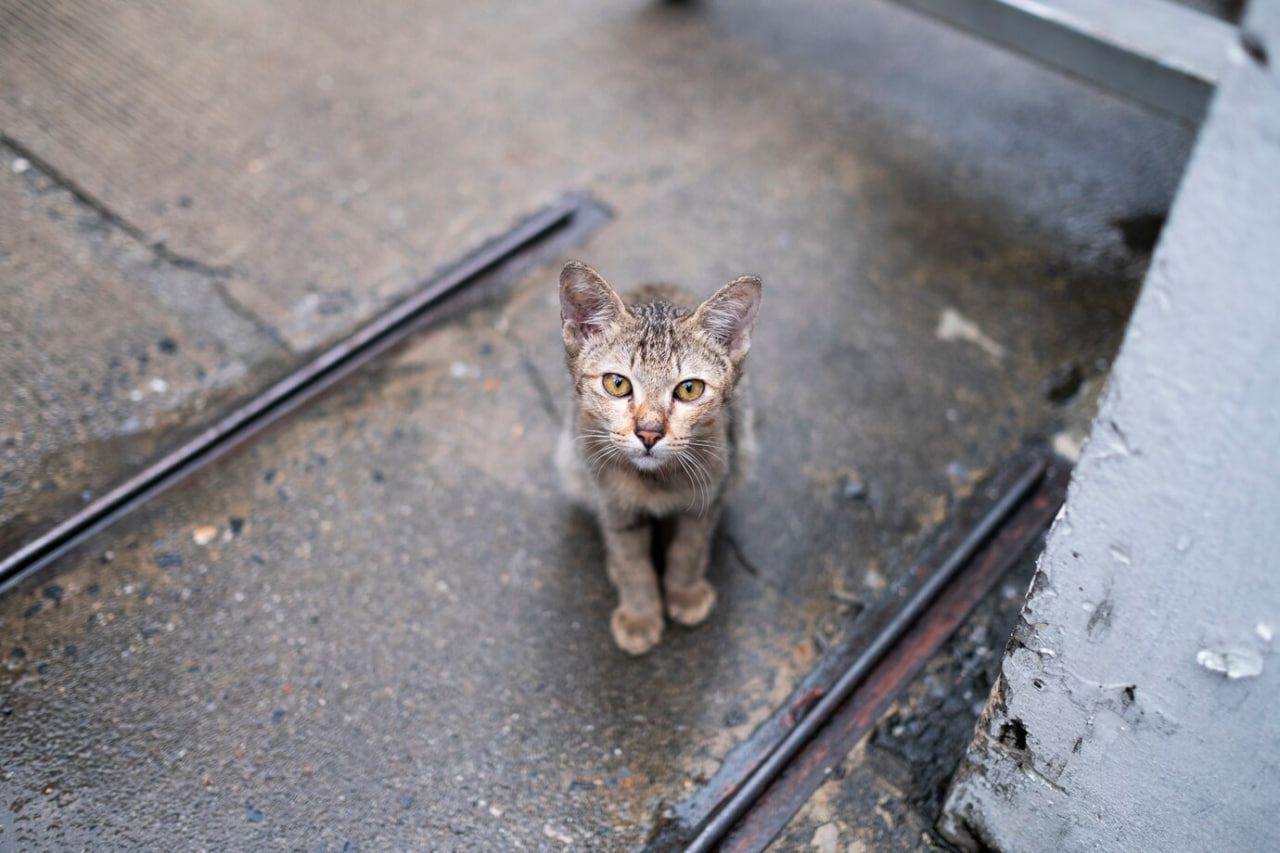A corresponding package of bills has been prepared by the working group of the State Duma on the treatment of stray animals.
One of the laws introduces fines of up to 5,000 rubles or a warning for feeding animals near apartment buildings, hospitals, schools, and sports grounds.
Regions will have the right to expand the list of such locations at their discretion. Additionally, the final version of the bill will specify that the ban applies to feeding dogs, not, for example, pigeons.
During the meeting, lawmakers also noted that the list proposed by the bill’s initiators did not include apartment buildings. As a result, they decided to add the boundaries of residential areas to the list.
Additional suggestions on the wording of the document will be collected until July 22, after which it will be submitted for consideration to the State Duma.
Other bills in the package will address obstructing the capture of stray animals, as well as liability for failing to report stray animals within certain premises.
Also read:
State Duma
The State Duma is the lower house of Russia’s Federal Assembly (parliament), established in 1993 after the adoption of the Russian Constitution. It serves as a key legislative body, with members elected to propose and pass federal laws. Historically, the name dates back to the early 20th century, when the first State Duma was created in 1906 under Tsar Nicholas II as part of limited democratic reforms, though its powers were heavily restricted.
apartment buildings
Apartment buildings, also known as flats or multi-family housing, have a long history dating back to ancient Rome and other early civilizations where multi-story residential structures housed urban populations. Modern apartment buildings became widespread during the Industrial Revolution as cities grew and demand for affordable, space-efficient housing increased. Today, they are a common housing solution worldwide, ranging from luxury high-rises to modest low-income units, reflecting urban development and architectural trends.
hospitals
Hospitals are institutions dedicated to providing medical care and treatment for the sick and injured, with origins dating back to ancient civilizations such as Greece, India, and Egypt. The modern hospital system evolved significantly during the Middle Ages, often linked to religious institutions, and expanded during the 19th and 20th centuries with advances in medical science. Today, hospitals serve as critical centers for healthcare, emergency services, and medical research worldwide.
schools
Schools are educational institutions designed for teaching students under the guidance of teachers. Their history dates back to ancient civilizations, such as Mesopotamia and Egypt, where formal education began, while modern school systems evolved during the 18th and 19th centuries with compulsory education laws. Today, schools worldwide vary in structure but share the common goal of fostering knowledge, skills, and social development.
sports grounds
Sports grounds are dedicated areas designed for athletic activities, ranging from local playing fields to large stadiums. Historically, they have served as communal spaces for recreation and competition, with ancient examples like Greece’s Olympia (home of the original Olympic Games) highlighting their cultural significance. Today, they remain central to sports, fitness, and social gatherings worldwide.
residential areas
Residential areas are neighborhoods or districts primarily designated for housing, where people live in homes, apartments, or other dwellings. These areas have evolved over time, from ancient settlements to planned urban communities, reflecting cultural, economic, and technological changes. Modern residential areas often include amenities like parks, schools, and shops to support daily life.
stray animals
Stray animals, such as dogs and cats, are homeless pets or abandoned creatures that roam urban and rural areas, often relying on human kindness or scavenging to survive. Their presence is a global issue linked to overpopulation, lack of sterilization programs, and irresponsible pet ownership. Many communities and organizations work to rescue, rehabilitate, and rehome strays, while some cultures view them as part of daily life, either compassionately or as a nuisance.
Russian State Duma
The Russian State Duma is the lower house of the Federal Assembly, Russia’s national legislature, established in 1993 following the adoption of the new constitution after the Soviet Union’s dissolution. Modeled after earlier parliamentary systems, including the pre-revolutionary Duma (1906–1917), it plays a key role in drafting and passing federal laws, though its authority is limited by the dominant executive branch. Today, it consists of 450 deputies elected through a mixed system, with major parties like United Russia holding significant influence.






